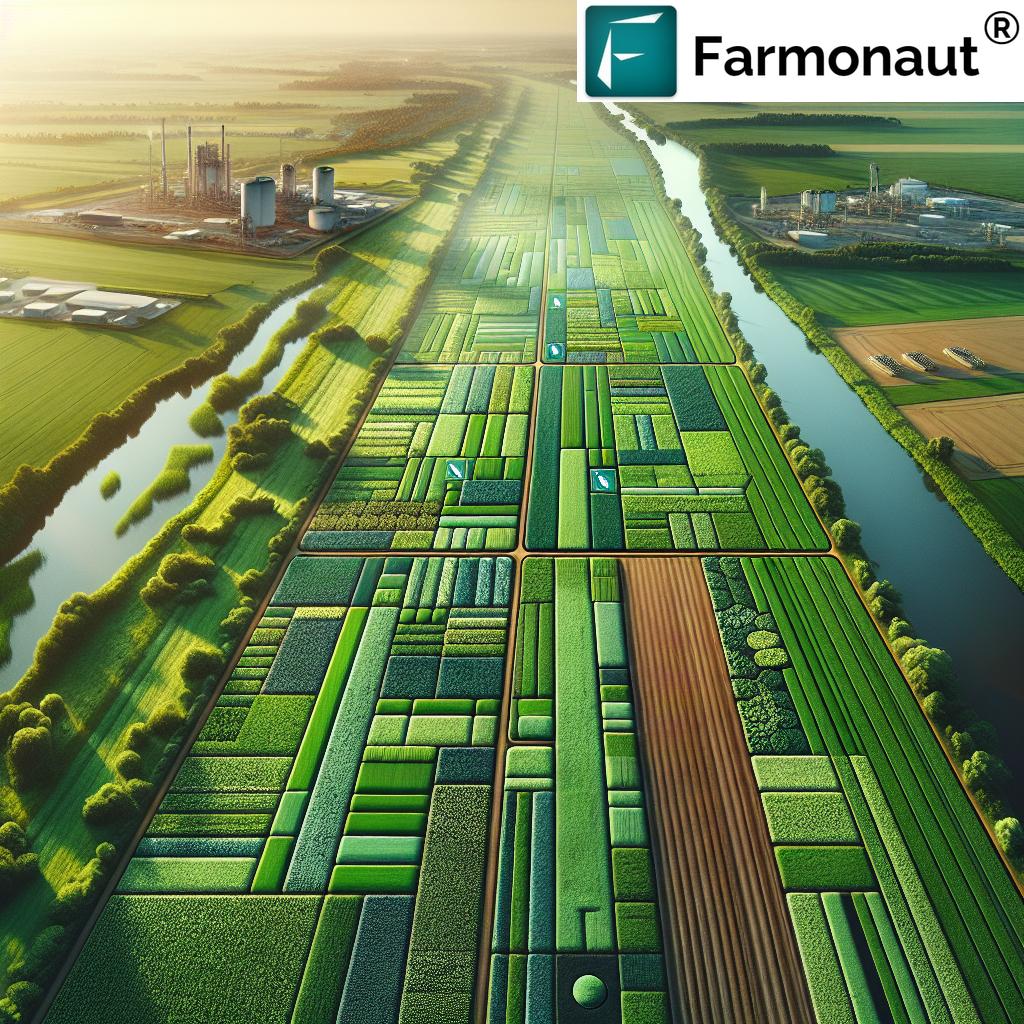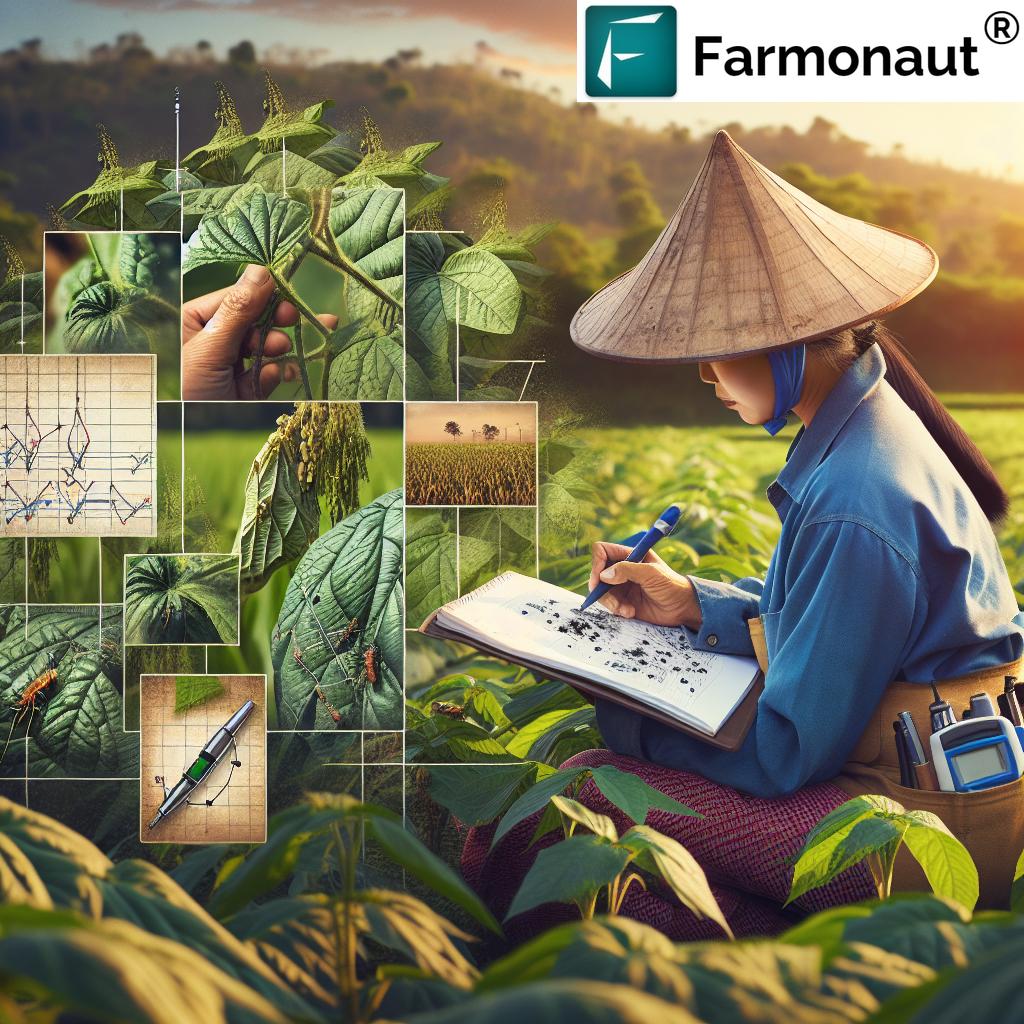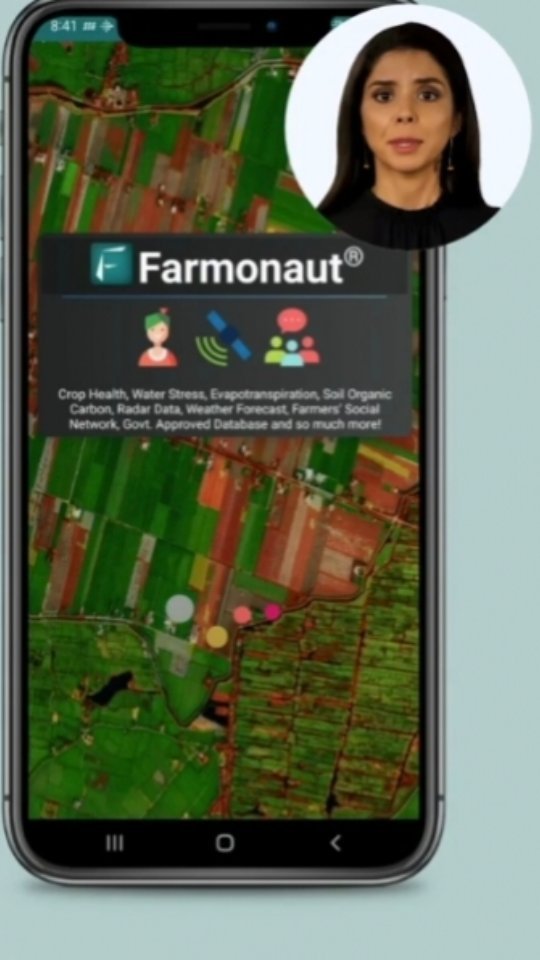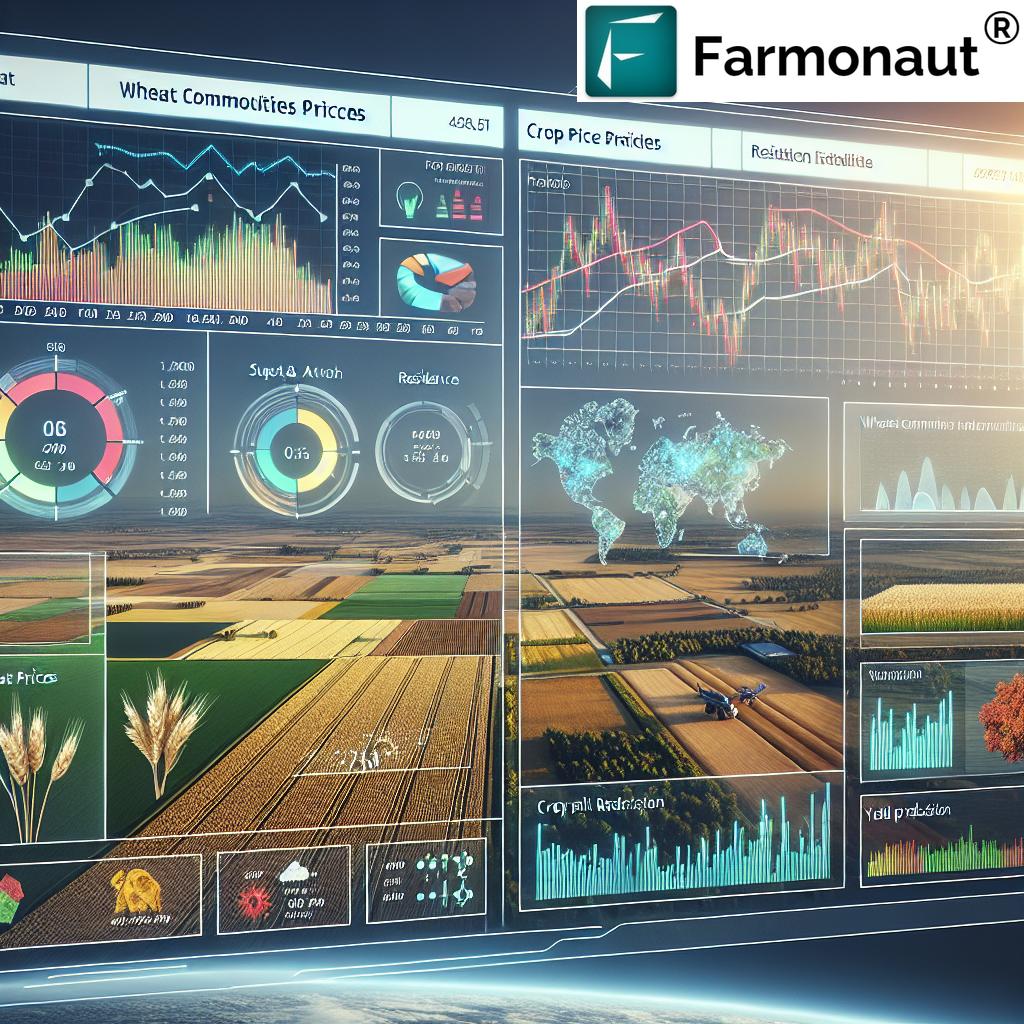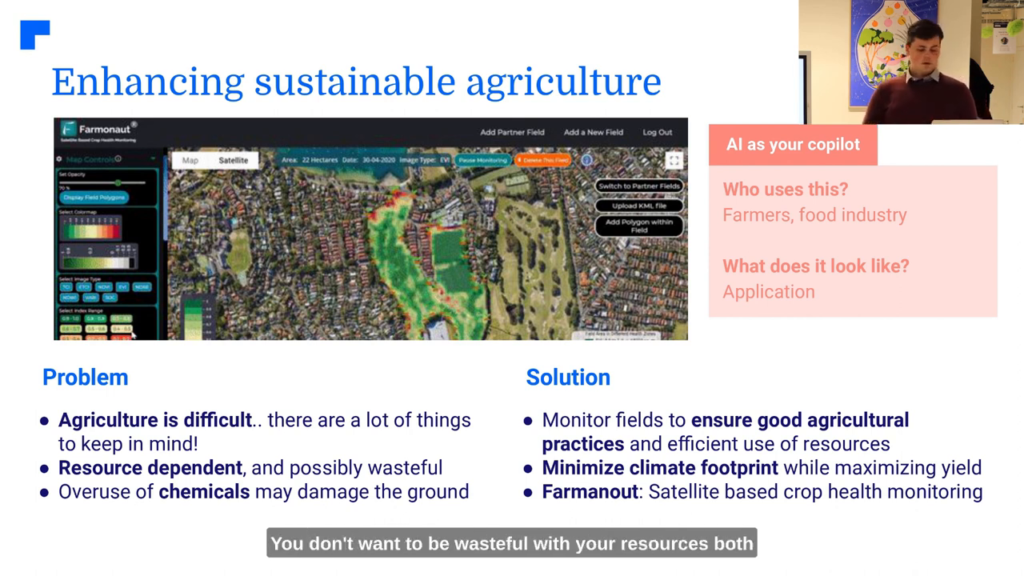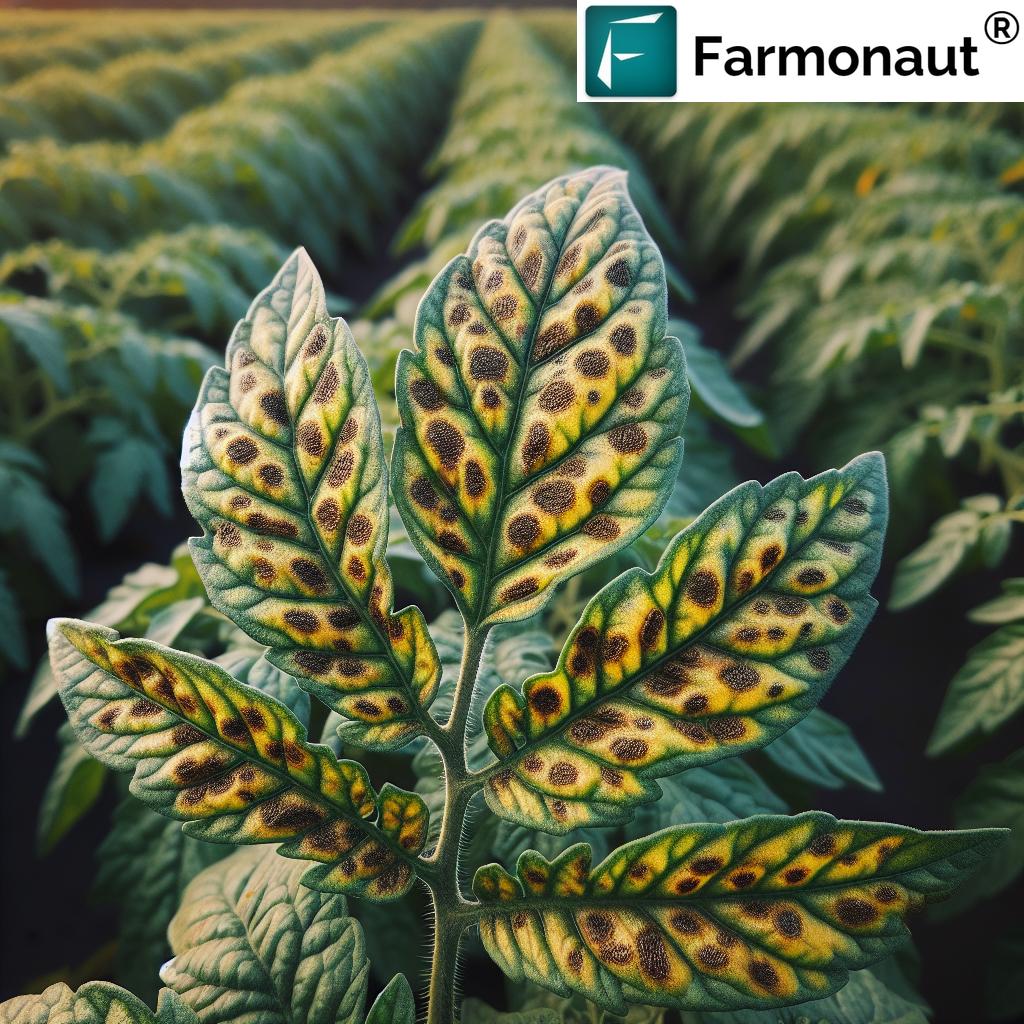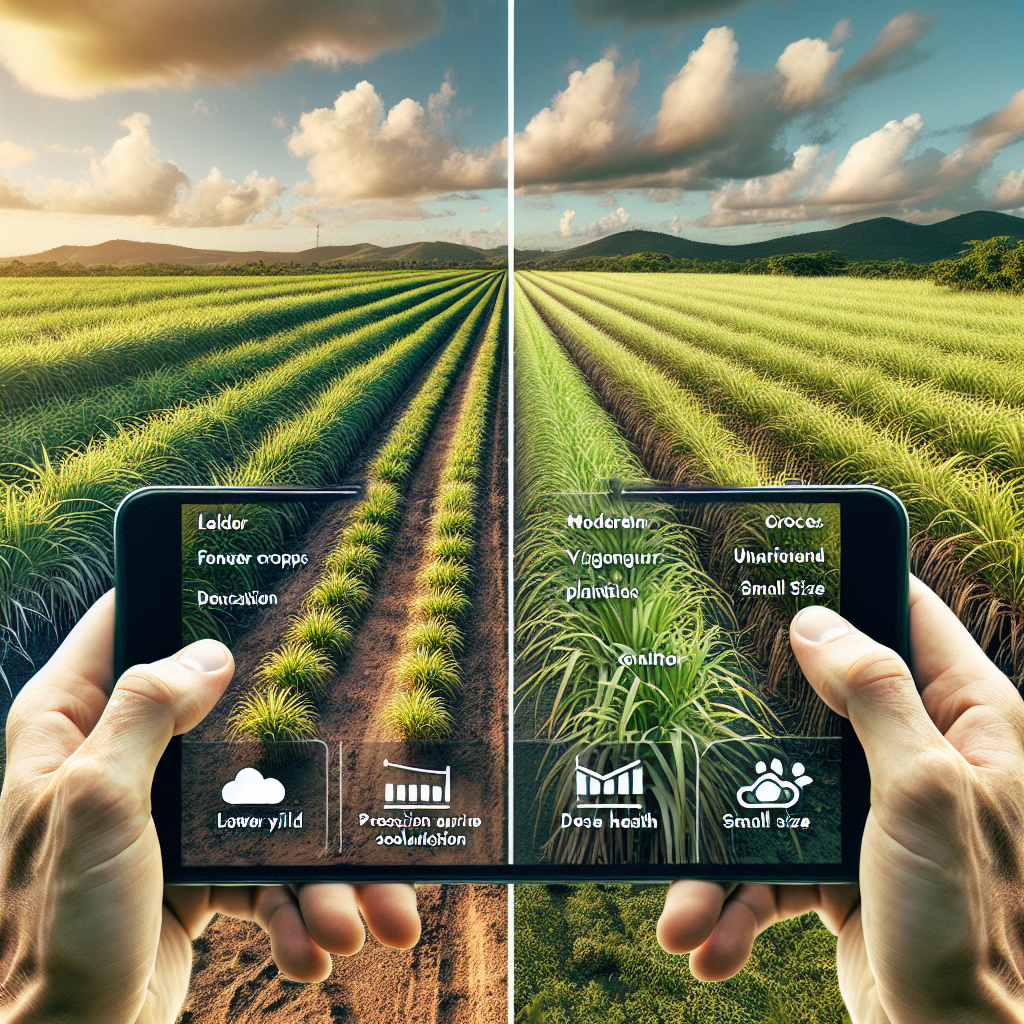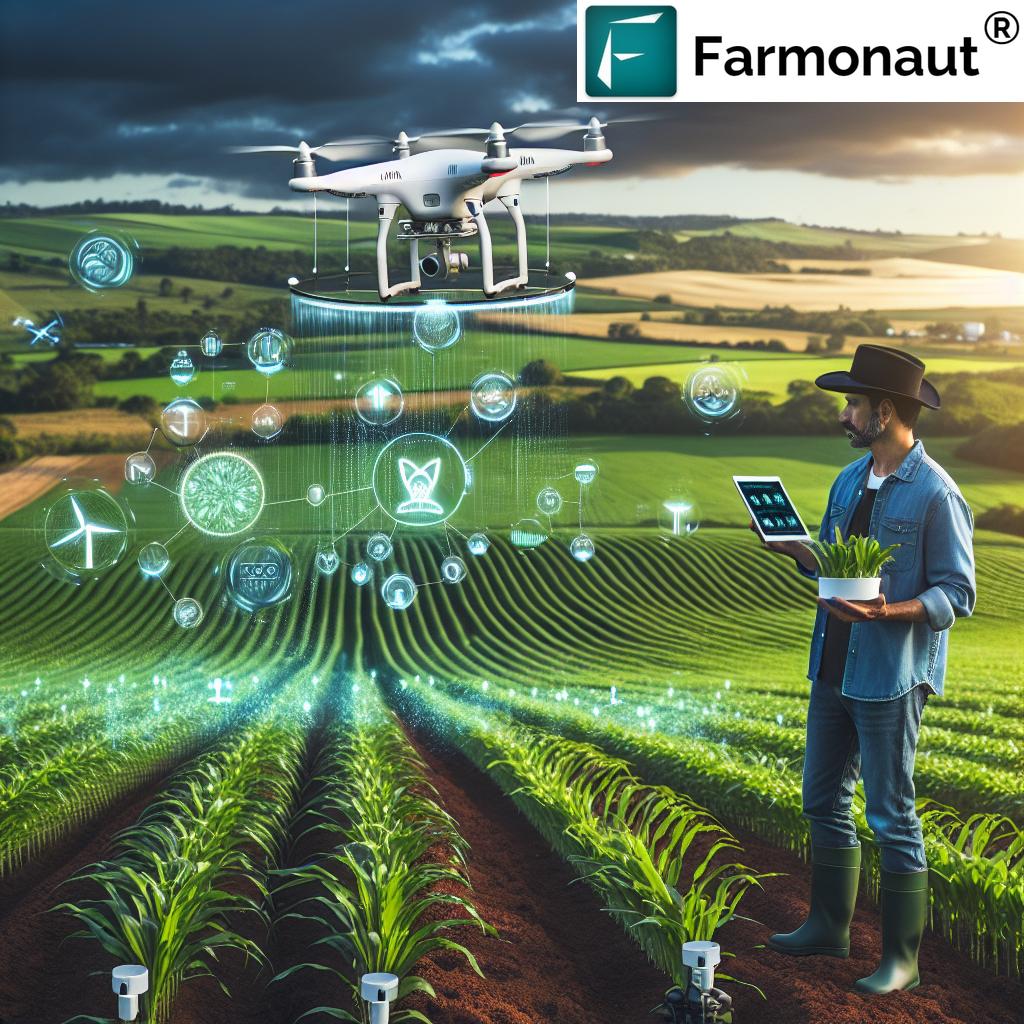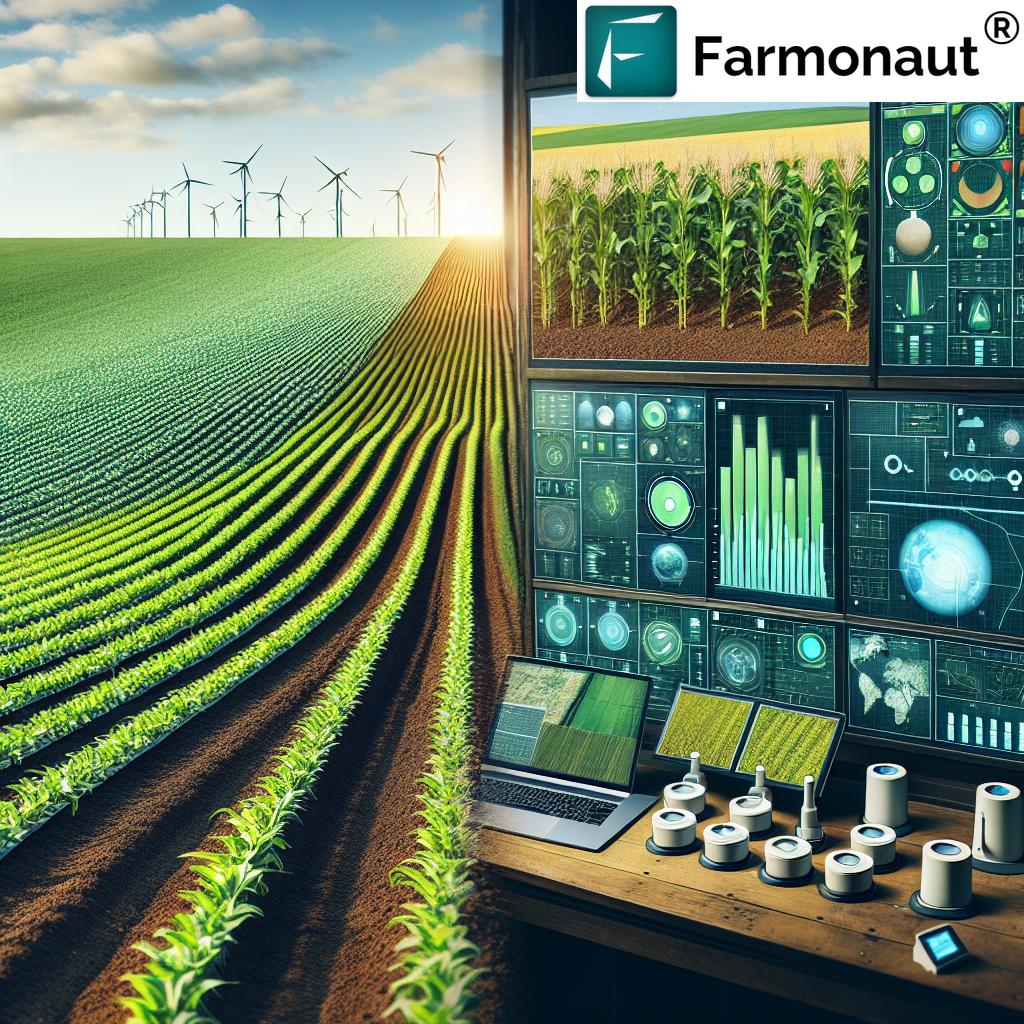Field Scouting: 7 Tech Trends for Crop Health
“Over 60% of farmers using satellite imagery report faster pest detection compared to traditional field scouting methods.”
Introduction: The New Era of Scouting and Crop Health
Field scouting is undergoing a revolution. In today’s agriculture, crop health monitoring, pest detection in agriculture, and efficient crop management depend on much more than boots-on-the-ground inspections. Proactive field scouting enables farmers and foresters to systematically inspect fields, monitor crop health, and make informed decisions that enhance productivity while reducing costs.
Thanks to rapid advances in technology, modern field scouting now leverages drones, satellites, artificial intelligence, and more. This tech-powered approach helps us detect issues early—whether it’s pest infestation, nutrient deficiencies, or emerging crop diseases—so that we can act efficiently and sustainably. As we’ll explore, merging traditional methods with state-of-the-art technologies paves the way for precision farming, resource optimization, and improved yields for growers everywhere.
Why Field Scouting Is Crucial for Modern Agriculture
Regular field scouting is foundational to agriculture, farming, and forestry. By systematically inspecting and monitoring fields for signs of pests, diseases, nutrient imbalances, and environmental conditions, we can catch potential problems before they escalate.
Let’s break down the essential reasons why field scouting remains at the heart of sustainable crop production and precision agriculture practices:
- Early Detection of Issues: Identifying pest infestations, disease outbreaks, and emerging environmental stress allows for rapid intervention, often preventing expensive yield losses.
- Informed Decision-Making: Reliable data from field scouting helps optimize irrigation, fertilization, and pest control, ensuring resources are used efficiently.
- Economic Efficiency: Targeted application of treatments—fertilizers, pesticides, fungicides—reduces waste and saves costs by focusing only on areas in need.
- Sustainable Practices: Regular observation supports environmentally-conscious farming by minimizing unnecessary applications and promoting integrated pest management.
Field Scouting and Crop Health Monitoring Help:
- Enhance pest detection in agriculture through systematic, data-driven protocols
- Strengthen disease identification in crops for better management and treatment planning
- Optimize nutrient management for better yields and soil sustainability
- Improve resource utilization and minimize environmental impact by precise intervention
Key Components of Effective Field Scouting
Effective field scouting incorporates proven methods and innovative tools for monitoring crop health, detecting pests, and gathering actionable data. The process generally includes the following critical components:
- Planning and Preparation: Before initiating scouting, it’s important to review the field history—including previous crops, past pest outbreaks, and management practices. This knowledge helps us anticipate problems and customize our scouting approach.
- Scouting Frequency: Scouting is typically performed weekly during the growing season, but may shift to daily inspections during critical growth stages or periods of high pest pressure.
- Field Sampling Techniques: Choosing representative sampling patterns is essential. W or Z walking paths better cover the entire field, while edge sampling targets areas vulnerable to pest migration.
- Essential Tools and Equipment: A thorough field scout brings a clipboard/tablet, hand lens, soil probe, and sweep net for accurate detection and documentation.
- Meticulous Data Recording and Analysis: Proper documentation (counting insects, noting disease symptoms, recording environmental conditions) supports accurate trend analysis and decision-making.
“AI-powered crop health monitoring can reduce nutrient mismanagement by up to 30% in precision agriculture systems.”
Field Scouting: 7 Tech Trends for Crop Health Monitoring
Let’s dive into the seven most impactful technology trends that are reshaping field scouting and crop health monitoring in agriculture and forestry. By integrating these innovations, farmers optimize efficiency, reduce environmental impact, and yield richer crops via precise, data-driven decisions.
-
1. Satellite Remote Sensing for Crop Monitoring
Remote sensing for crop monitoring enables us to monitor large tracts of farmland with unprecedented efficiency. Platforms such as Farmonaut deliver multispectral satellite images that reveal vegetation health (NDVI), soil moisture, and potential stress or disease. These data-driven insights support:
- Large-area monitoring, ideal for both smallholder farms and expansive agribusiness
- Early detection of nutrient deficiencies or crop stress before symptoms are visible to scouts
- Better targeting of treatments and optimized irrigation or fertilization plans
- Precision crop health monitoring even in regions with limited ground access
Farmonaut provides satellite-based solutions through Web, Android, and iOS apps as well as an accessible API and detailed Developer Docs for seamless integration into business and research platforms.
Discover more benefits and intuitive usability in Farmonaut’s large-scale farm management tools for real-time field insights. Explore the Agro Admin App here.
-
2. Drones and Aerial Imagery for Farming
Drone imagery for farming adds a new dimension to field scouting. Drones equipped with high-resolution and multispectral cameras fly over fields—producing timely, actionable data at the touch of a button.
Applications include:- Detecting water stress, pest infestations, and disease outbreaks more swiftly than conventional boots-on-ground methods
- Creating detailed orthomosaic maps for precise nutrient and irrigation planning
- Pinpointing specific problem areas for targeted intervention and resource efficiency
While satellites monitor broad trends, drones enable ultra-fine detail and rapid area inspection, giving farmers real-time information for decision making.
-
3. Artificial Intelligence (AI) and Automated Advisory
AI-driven advisory systems, like Farmonaut’s Jeevn AI, analyze satellite, drone, and ground data to deliver personalized recommendations on crop management, pest detection in agriculture, and nutrient optimization.
- AI speeds up disease and pest detection—flagging anomalies before they’re visible to the naked eye
- Enhances the efficiency of precision agriculture practices by minimizing human error in diagnosis
By pairing AI with real-time imagery, farmers can make faster decisions, reduce input waste, and boost overall yields.
-
4. Mobile Apps for Field Scouting and Record Keeping
Mobile applications put field scouting tools directly into our pockets. Apps like Farmonaut, Yara CheckIT, and others help identify pests and diseases, enable on-the-spot record keeping, and integrate with satellite and drone imagery for a holistic field overview.
- Instant data recording with camera, GPS, and offline support
- Automated alerts for stress signals based on integrated crop health monitoring
- Seamlessly syncs with farm management records and advisory dashboards
Download the Farmonaut mobile apps and leverage intuitive, tech-powered scouting features for efficient crop management across all environments.
-
5. Blockchain Traceability & Supply Chain Transparency
Blockchain technology is transforming transparency in agriculture, especially for high-value crops and food chains where trust and traceability are essential. By logging field data, crop health interventions, and product movements onto a secure, immutable ledger, blockchain:
- Provides a traceable journey from seed to shelf, essential for modern supply chains
- Helps verify that impactful treatments and safe practices occurred at each stage
- Builds confidence with buyers, regulators, and end-consumers
Explore Farmonaut’s product traceability platform here—enhancing security and trust through blockchain-driven traceability in food and textile supply chains.
-
6. Advanced Field Sampling Techniques & IoT Sensors
Modern field sampling techniques take representative data collection to the next level. The use of IoT (Internet of Things) sensors enables continuous, remote monitoring of soil moisture, nutrients, and environmental conditions.
- Microclimate and soil parameters are measured 24/7 and analyzed alongside satellite and drone data
- Precision sampling patterns—W, Z, or grid sampling—support robust statistical analysis for accurate diagnosis
- Real-time alerts for rapid, timely intervention in case of detected anomalies
These innovations underpin more efficient, responsive seasons and help optimize resource utilization in every hectare and orchard.
-
7. Carbon Footprinting and Sustainability Metrics
As sustainability becomes central, real-time carbon footprinting tools are being integrated into field scouting and management routines. Farmers can now track and reduce their environmental impact by:
- Monitoring real-time emissions from fertilization, pest control, and mechanization applications
- Making informed choices to comply with environmental standards
- Supporting brand reputation and market resilience in a global marketplace focused on green agriculture
Interested in actionable, data-driven sustainability? Dive into Farmonaut’s Carbon Footprinting tool here.
Comparative Feature Table: 7 Tech Trends in Field Scouting
| Technology Trend | Main Purpose | Key Benefits | Estimated Adoption Rate (%) | Example Use Case |
|---|---|---|---|---|
| Satellite Remote Sensing | Monitor crop health, detect stress, and optimize farm management | Early issue detection, timely decisions, large-area coverage | 68% | Detect water or nutrient deficiencies across large fields using NDVI maps |
| Drones & Aerial Imagery | Obtain high-res field imagery for rapid, onsite diagnostics | Detect problems swiftly, create action maps, save labor | 34% | Identify pest hotspots for targeted crop protection |
| AI & Automated Advisory | Analyze data and provide actionable crop management recommendations | Reduces nutrient/pest mismanagement, boosts yields | 41% | Personalized alerts for pests via satellite analysis |
| Mobile Apps | Field data entry, photos, GPS tagging, record keeping | Convenience, accurate records, remote team collaboration | 55% | Scout pests/diseases and sync data with farm dashboard |
| Blockchain Traceability | Secure, trackable crop and field data in supply chains | Transparency, fraud prevention, enhanced trust | 19% | Document all pesticide applications for export crops |
| Field Sampling & IoT Sensors | Continuous data on soil, microclimate, and crop health | Real-time alerts, statistical accuracy, better analysis | 27% | Automated sensor alerts for low soil moisture |
| Carbon Footprinting Tools | Measure, monitor, and reduce farm carbon emissions | Supports sustainability, compliance, and market access | 13% | Track emissions from fertilizer & adjust practices |
Field Scouting As a Pillar of Integrated Pest Management (IPM)
Field scouting is a cornerstone of integrated pest management (IPM)—a holistic, sustainable approach that uses biological, cultural, and chemical tools to control pests and minimize environmental harm. Through systematic inspections and data-based monitoring, scouts help:
- Track pest occurrences, support population modeling, and set action thresholds for intervention
- Distinguish between normal field variations and true threats, improving the precision of pest management
- Reduce unnecessary pesticide use, supporting environmental health and beneficial insect populations
As more growers adopt IPM—empowered by digital tools—efficient field scouting will continue to drive resource-efficient, sustainable agriculture on a global scale.
Challenges and Solutions in Field Scouting
While field scouting remains essential, it’s not without its challenges. Addressing these can help you implement more impactful and sustainable field monitoring practices:
- Time and Labor: Manually scouting large or remote fields is labor intensive—technological tools like satellite imagery can reduce manpower costs and increase efficiency.
- Data Interpretation: Accurate analysis of scouting data requires skill. AI-powered platforms and visual dashboards (like Farmonaut’s) simplify complex data, making it easier for any user to draw actionable insights.
- Technological Adoption: Integrating modern tools may seem costly initially but often leads to dramatic savings in inputs—plus better yields and reduced crop failures over time.
Modern solutions—like integrated farm fleet management tools, remote soil & weather monitoring, and automated carbon footprinting—are paving the way for accessible, scalable digital scouting. Discover Farmonaut’s Fleet Management platform for streamlined logistics and satellite-based crop loan and insurance verification that save time and reduce fraud.
Farmonaut: Accessible Crop Health Monitoring and More
At Farmonaut, we believe precision agriculture should be accessible for all—whether you manage a single smallholding or hundreds of thousands of hectares. Our subscription-based platform harnesses satellite remote sensing, AI-powered advisory systems, blockchain, and resource management tools to support systematic field scouting, crop health monitoring, and efficient crop management.
- Real-Time Satellite Imagery: Monitors fields for vegetation health (NDVI), soil moisture, and stress—supporting rapid, data-driven farming decisions.
- AI-Driven Jeevn Advisory: Delivers weather forecasts, crop management recommendations, and personalized alerts based on your fields’ conditions.
- Blockchain Traceability: Provides transparent records for food safety and brand reputation.
- Fleet & Resource Management: Optimizes agricultural logistics, machinery usage, and team coordination.
- Carbon Footprinting & Environmental Compliance: Empowers sustainability while supporting access to premium and global markets.
Our solutions serve:
- Individual farmers and cooperatives
- Large agribusinesses
- Government agencies and NGOs
- Financial institutions (for crop loan/insurance verification and fraud prevention)
- Corporate clients seeking transparent supply chains
With flexible subscriptions (see below), full mobile and web app integration, and affordable pricing, our tools help you optimize crop yields, reduce costs, and promote sustainable practices—all guided by accurate, up-to-date field data.
Frequently Asked Questions (FAQ)
-
What is field scouting?
Field scouting is the systematic inspection of agricultural fields or forests to monitor crop health, identify pest and disease issues, and assess environmental conditions. This proactive approach enables early intervention to prevent yield losses. -
How does satellite remote sensing improve field scouting?
Satellite remote sensing offers continuous, large-area crop health assessments. Using multispectral imagery, farmers can detect stress, pest outbreaks, and nutrient deficiencies far earlier and over wider regions than possible with only ground inspection. -
What are the advantages of drone imagery for farming?
Drones capture high-resolution aerial images, enabling fast detection of stress, pests, or disease outbreaks. This supports targeted field sampling and efficient responses, saving labor and improving overall management. -
Is field scouting only necessary for large-scale farms?
No. Field scouting is essential for farms and forests of all sizes. Technology platforms like Farmonaut make advanced crop health monitoring affordable—and accessible—to small, medium, and large operations worldwide. -
How does integrated pest management (IPM) benefit from systematic scouting?
IPM relies on data-based pest population monitoring. Regular scouting enables timely, targeted interventions, reducing chemical use, boosting beneficial insect populations, and maintaining long-term field health. -
What role does blockchain play in modern field scouting?
Blockchain logs crop, treatment, and field data in a secure, tamper-proof format. This provides transparency and builds trust in supply chains—vital for food safety, export requirements, and consumer confidence. -
Can field scouting help in managing crop loans or insurance?
Yes. Digital scouting data—especially satellite-based verification—can help banks and insurers offer timely, fraud-resistant crop loans and insurance. Learn how Farmonaut supports satellite-based verification here. -
What are the best field sampling techniques?
Randomized W/Z pattern walking, edge sampling for pest migration, and grid-based surveying (supported by drone or satellite overlays) all help ensure representative, unbiased field data collection. -
Where can I access or integrate Farmonaut technologies?
Farmonaut’s platform is accessible via Android and iOS apps, web/browser applications, and API integration for advanced users and developers. Flexible subscription plans and scalable services support diverse agricultural needs.
Conclusion
Field scouting remains the bedrock of healthy, productive crop management in contemporary agriculture and forestry. From traditional inspection methods to advanced satellite, drone, and AI-powered systems, the evolution of field scouting ensures faster pest detection in agriculture, sharper diagnosis of crop deficiencies, and robust, data-driven decisions that optimize yields and sustainability.
As we move forward, integrating these seven technology trends—remote sensing, aerial imagery, AI advisory, mobile apps, blockchain traceability, field sampling innovations, and carbon footprinting—will only make efficient crop management more accessible and effective for all. Platforms like Farmonaut make precision agriculture not only possible, but practical, on every scale.
Embrace the power of next-generation field scouting for a resilient, productive, and environmentally sound agricultural future.


